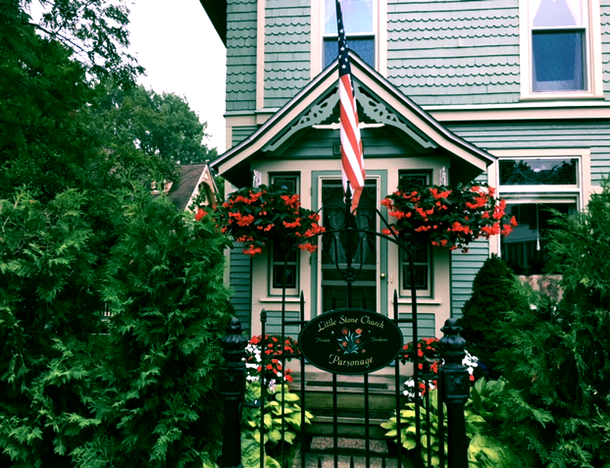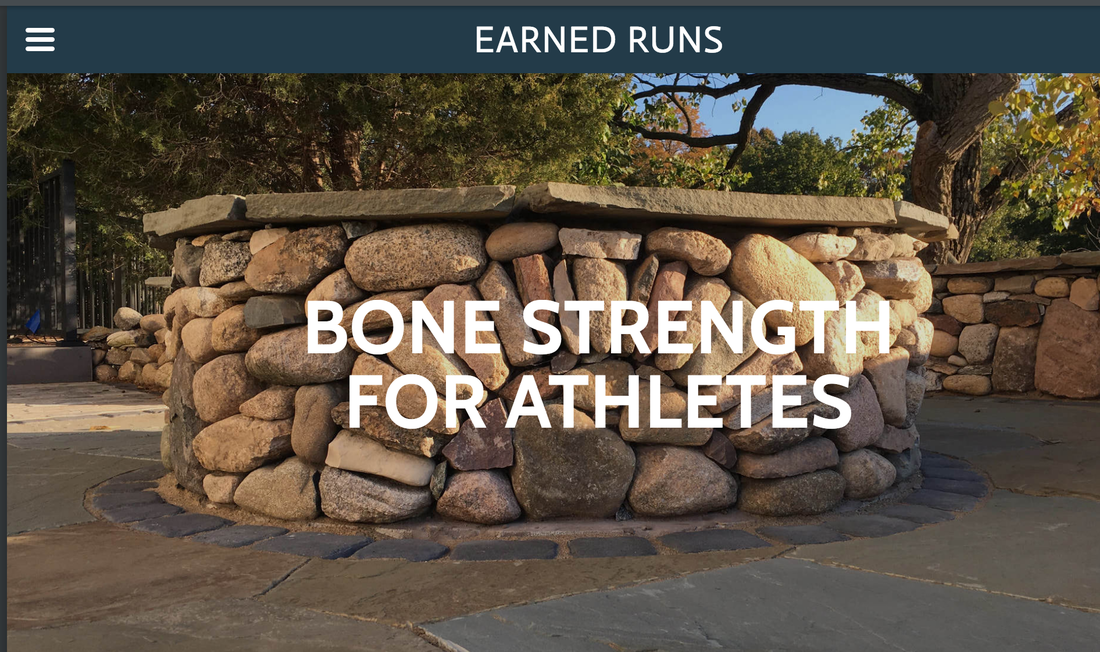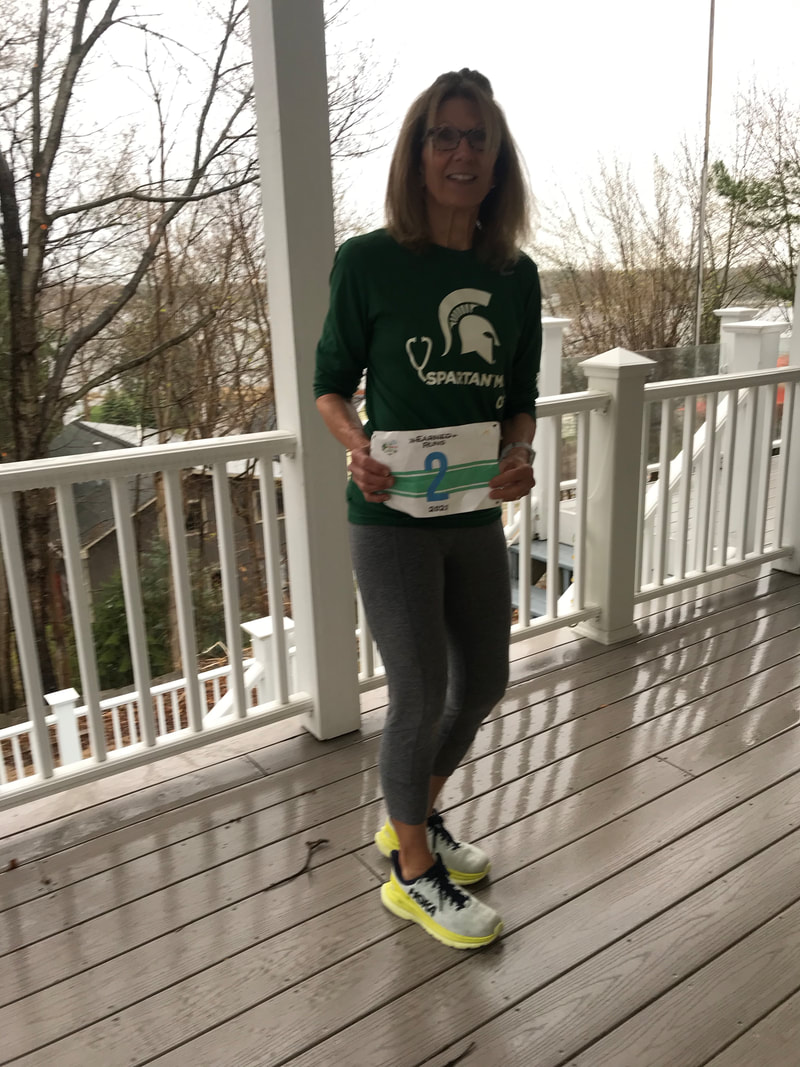BLOG
|
|
HAPPY HOLIDAY WEEKEND!
THIS IS THE FINAL 'SUMMER' SCIENCE FRIDAY POST OF THE OFFICIAL SEASON. AFTER A BIT OF A BREAK , THE REGULAR SCIENCE FRIDAY POSTS WILL RESUME. DURING EARNED RUNS’ ANNUAL ‘BOSTON WEEK’ LAST APRIL the Science Friday post looked at “Runners Bone Health”. The discussion centered on recent scientific research that showed a significant proportion (40%) of the 15 elite male Kenyan runners studied showed low bone mineral density (BMD) in the lumbar spine vertebrae compared with none of the 23 South African control participants. Femur values were not low. Differences between the anatomic sites in impact loading during running, nutrition/energy balance and body mass, and genetics were thought to be factors. Back in June 2017, an Earned Runs Science Friday post, “Play Like a Kid” discussed the newly released position paper of Exercise and Sport Science Australia, which indicated that rapid, dynamic, cyclic, and multi-directional movement had a more favorable effect on bone strength and BMD than tradition linear, continuous, and steady-paced movement like that performed by most runners. Most recently a Science Friday post about weighted vest exercise discussed research that pertained to maintenance of bone strength. Because bone health is something many might NOT think requires attention unless we are underweight adolescent female athletes or over 65 years of age, it’s not on our radar. We may run, walk, swim and bike for cardiovascular fitness, endurance train to increase lung capacity/VO2max, and perform strength workouts to build muscle. Few, possibly only those with osteopenia and osteoporosis, think about exercising to improve bone strength. The elite Kenyan runner article reveals that even healthy male athletes may be at risk for early bone weakening, including those who are involved in low-impact as well as high-impact sports. And that the young as well as the old should be concerned. It suggested that diet may have a greater influence on the trabecular bone of the lumbar spine in contrast to the cortical bone of the femur especially in athletes with a low BMI. Why worry about a condition that mostly times has no symptoms until fractures occur? Compression and distortion of the spine and thorax due to osteoporotic vertebral body collapse can be crippling and painful. It is best to work to prevent this condition than suffer with it later. However, medical advice regarding maintaining/building bone strength is quite general and is often not based on outcomes research findings. The ESSA Position Paper recommends specific types of exercise movement but most medical-help sites advise performance of any weight-bearing activity, like traditional walking/running. A diet rich in calcium- and vitamin D-rich foods is frequently prescribed, but guidance is not given regarding the amount and dosing of protein and other nutrients. Perhaps there are other nutritional strategies that research suggests may be beneficial to preserving and building bone in susceptible athletes, but the information isn’t readily available. WebMD.com posts a general informational page; it is a great place to start. Just like with athletic training and competition, though, some may wish to take their understanding to the next level. That’s me. I’ll share WHAT I LEARN with the Earned Runs family on a new page: BONE STRENGTH FOR ATHLETES. The Earned Runs 'BONE STRENGTH' page will be a work-in-progress, an effort to build a ‘library’ of RESOURCE materials that may help athletes make lifestyle changes and talk to medical professionals. There may be more questions than answers in the information posted. Content will be added and edited as needed over time. We encourage you to share with Earned Runs the topics that interest you through the CONTACT link. Possibly we can dig up some answers or at least identify research studies conducted to investigate such areas. Although it may be best to build bone in youth, it’s a smart idea at any age to make adjustments that contribute lifelong to a healthy body and mind, which includes constructing a strong musculoskeletal system. RUN & MOVE HAPPY! https://www.ncbi.nlm.nih.gov/pubmed/28406358 https://pdfs.semanticscholar.org/4987/3fdb8de585a53f534389bd772391552d48c7.pdf https://www.ncbi.nlm.nih.gov/pubmed/27840033 https://www.webmd.com/osteoporosis/guide/common-myths-about-osteoporosis-risk-factors
0 Comments
Your comment will be posted after it is approved.
Leave a Reply. |
BRIDGE TO PHYSICAL SELF
Running, walking, and fitness activities enable us to experience our physical selves in a world mostly accessed through use of fingers on a mobile device. AuthorEARNED RUNS is edited and authored by me, runner and founder. In 1978 I began participating in 10K road races before 5Ks were common. I've been a dietitian, practiced and taught clinical pathology, and been involved with research that utilized pathology. I am fascinated with understanding the origins of disease as well as health and longevity. Archives
November 2023
CategoriesNew! Search Box
Earned Runs is now searchable! Check it out...
|



 RSS Feed
RSS Feed